
For those of us who are stargazers that love to look up at night, one of our primary concerns is anthropogenic illumination, a.k.a Light Pollution. Damsel and I remember one night in southwestern Utah at Zion National Park when we looked up to see so many stars that it was difficult to discern any of the major constellations since the sky was virtually filled with visible stars. Zion is remote enough that lights from major population areas are far over the horizon, thus providing a memorable and overwhelming view of the stars and galaxies in God’s wonderful universe.
Here in Wickenburg, we have fairly dark skies, but depending upon the time of night, we still have a little light pollution that interferes with our stargazing. However, just sixty miles southeast of here is the giant megalopolis of Phoenix and surrounding cities that don’t give a hoot about dark skies. As a result of that, our views in the direction of the Valley are clouded by that massive amount of candlepower.
Referring to the image above, Wickenburg is in the approximate center of the image on the border of Maricopa (south) and Yavapai (north) counties — you can see our little light blob just at the west end of the “notch” in the north side of Maricopa County. The giant light blob to the southeast of our town is the afore-mentioned megalopolis. You can see how their pollution might affect the dark skies of our area.
About the images on this page: due to a fluke in the GOES Southwest USA Imagery, I captured these nighttime images without the normally present clouds and other observed phenomena. These are the pre-programmed night images sans the clouds. The image at the top is cropped to show our area while the image below is the entire background for the GOES Southern Rockies nighttime view. Click on either image to enlarge; use the scroll bars to navigate the large image below.
Complete No Weather Southern Rockies GOES image:


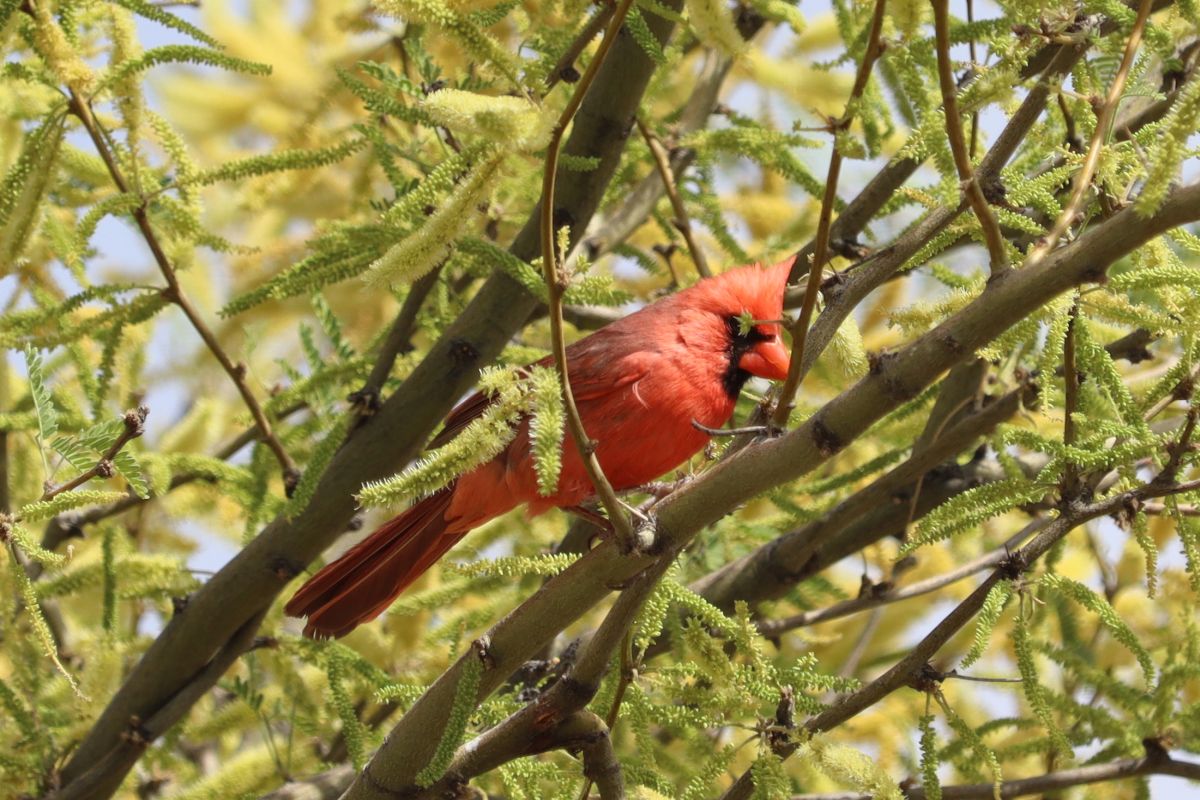

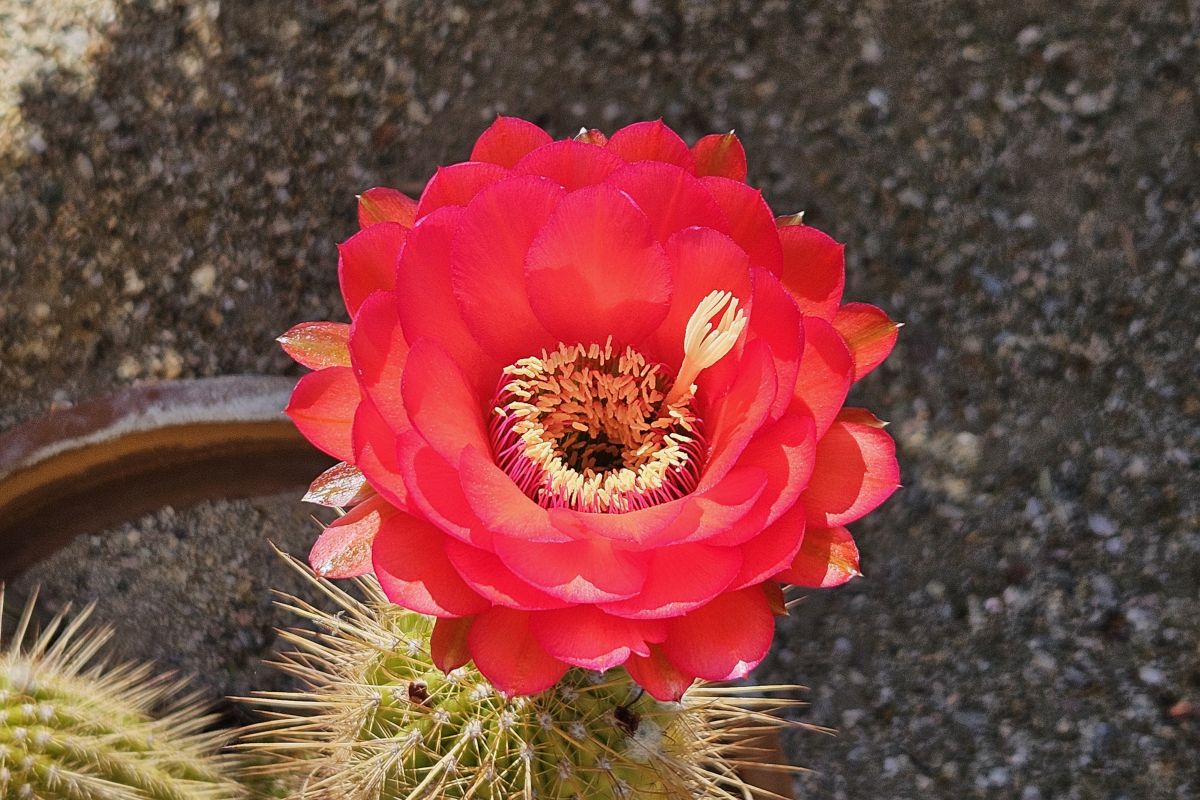
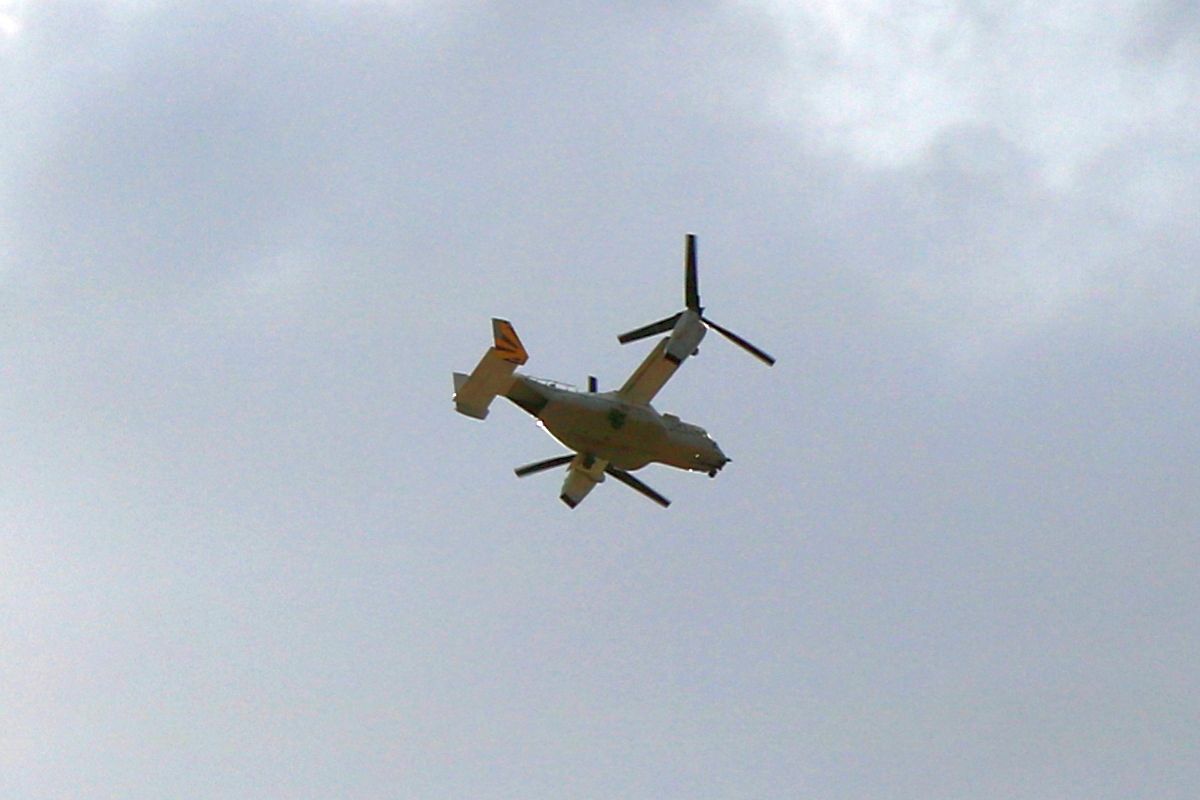


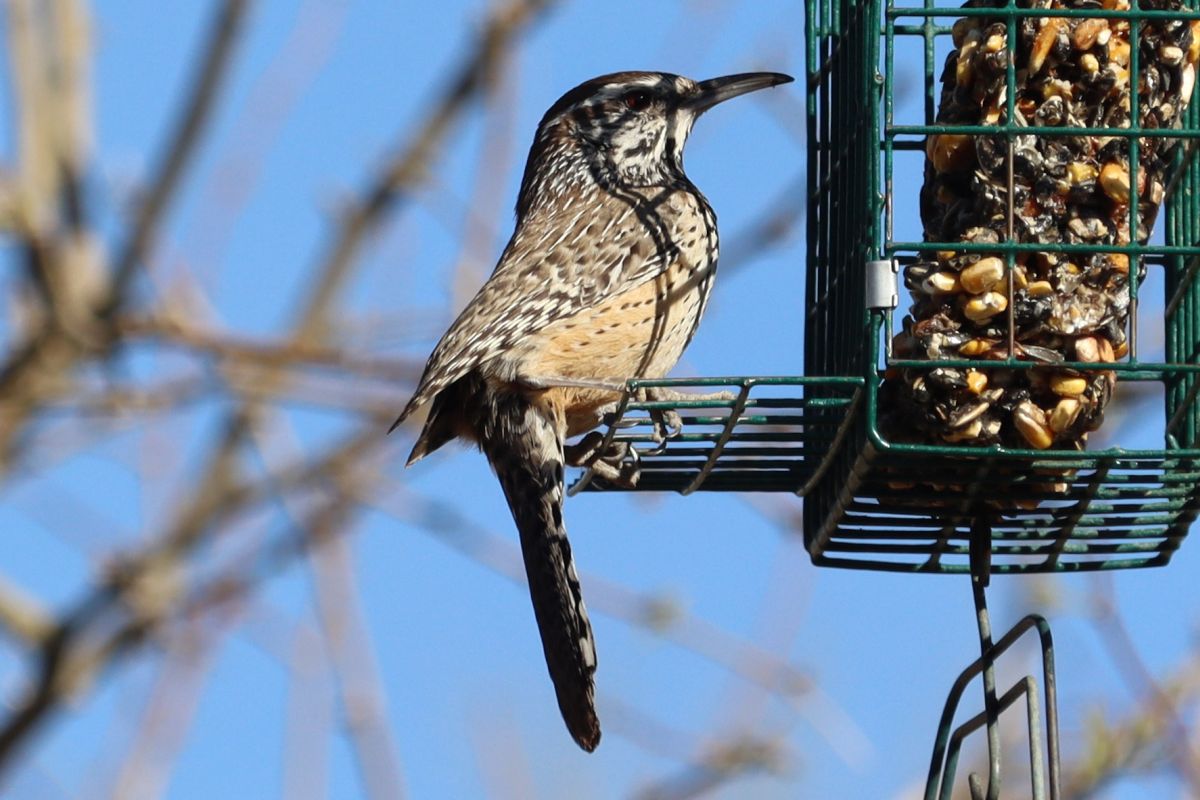
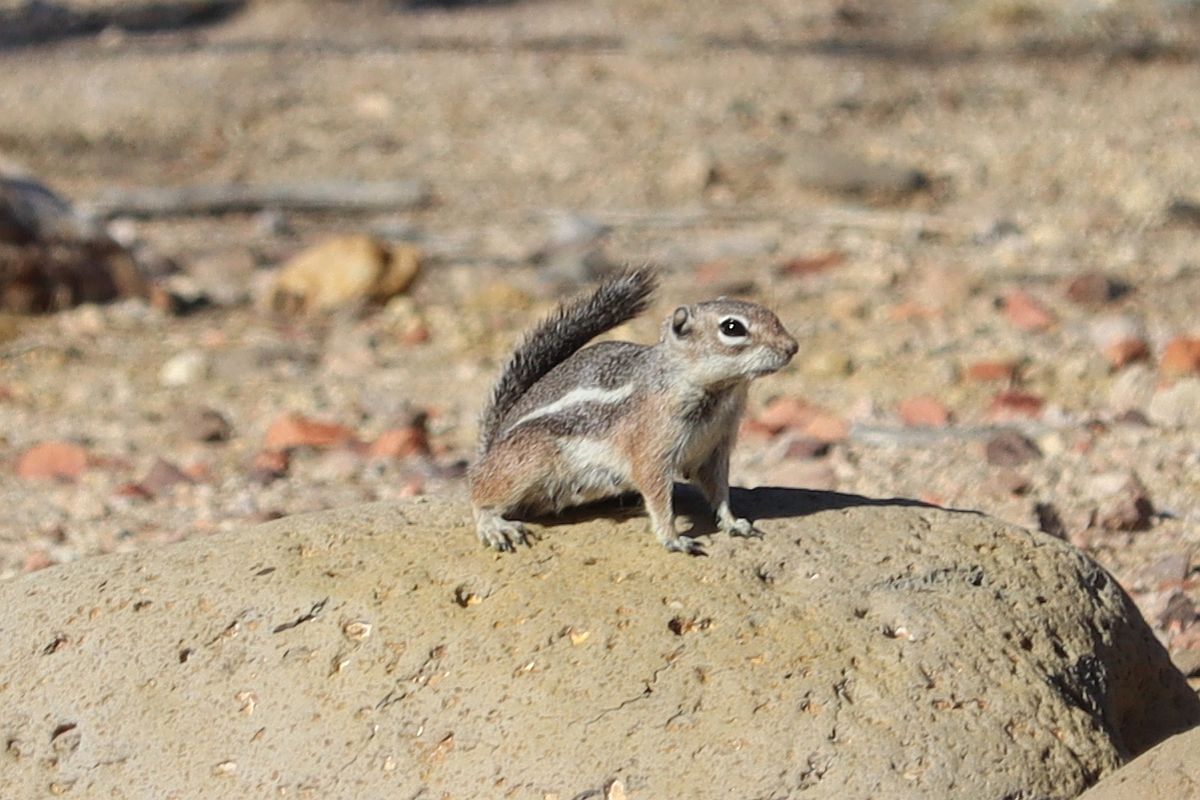
 George Washington (February 22, 1732 – December 14, 1799) served as the first President of the United States from 1789 to 1797 and as the commander of the Continental Army in the American Revolutionary War from 1775 to 1783. Because of his significant role in the revolution and in the formation of the United States, he is often referred to as “Father of His Country”.
George Washington (February 22, 1732 – December 14, 1799) served as the first President of the United States from 1789 to 1797 and as the commander of the Continental Army in the American Revolutionary War from 1775 to 1783. Because of his significant role in the revolution and in the formation of the United States, he is often referred to as “Father of His Country”.